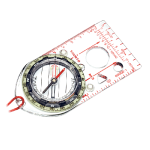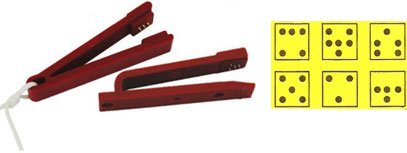What is Orienteering?
Orienteering is a family of sports that requires navigational skills

In orienteering a map and compass are used to navigate from point to point in diverse and usually unfamiliar terrain, and normally moving at speed. Orienteering has been likened to a scavenger hunt in the woods, but it’s much more than that! Orienteering provides many benefits like mental challenges, lifetime skills, physical effort, and loads of fun and excitement!

The Event:
In orienteering, participants receive a map of an area which shows a series of sites to visit. Participants develop strategies to navigate from one site to another.
The Challenge:
Find the most efficient route to all of the locations and prove you were there.

Proof of arrival:
In a regular orienteering meet, participants use either a special pin-punch or electronic timing located at each station to punch a control card.

The benefits of Orienteering are many:
- Builds self-confidence
- Improves map reading
- Teaches a lifetime sport
- Provides mental challenges
- Provides physical challenges

Cross Country
A course of controls to be taken in a specific order is laid out. Lengths vary from a few kilometers for beginners to ten or more kilometers for experts. Cross Country is the classic form of orienteering.

Bike
Participants travel to each control on a bike. Events are held on both street and mountain bikes (Mountain Bike Orienteering has an international championships).

Trail
Designed for those with disabilities. Participants remain on the trail. It is an untimed event where the challenge is mental and achievement is based upon the ability to correctly interpret the map and its relationship to the ground.

Ski
Event is done on cross-country skis. A point-to-point event in which the participant tries to pick the fastest route through a network of trails.
